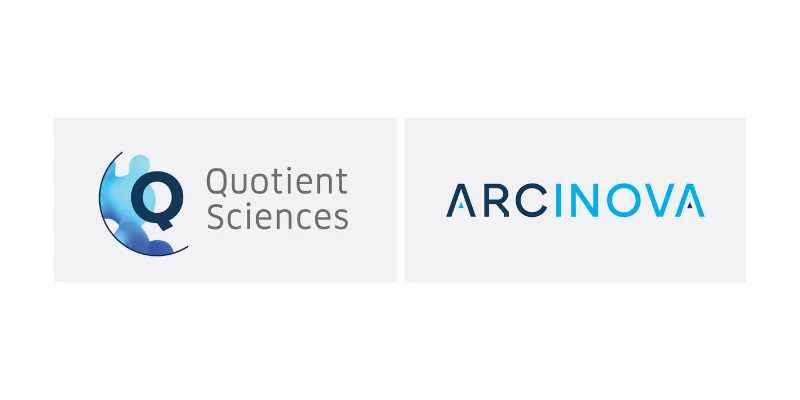Gareth Jenkins, VP Science and Technology, Candidate Development Services at Quotient Sciences, Contributes to Chemistry Today Panel Discussion on Flow Chemistry.
Read some of Gareth's contributions to this panel discussion with Chemistry Today July/August 2022 issue.
Learn more about Arcinova's capabilities for continuous manufacturing.

For what types of reactions do you consider flow chemistry most useful?
Highly energetic and very fast reactions are more easily engineered and controlled using continuous processing than in batch. Similarly, if we are looking at a process with highly hazardous material and we want to minimize the risk, continuous processing can provide that basis of safety. We recently ran a process with liquid bromine that would have been much more complex to handle safely in batch than using the very simple set-up of a couple of pumps and a flow reactor.
Process analytical technology (PAT) and artificial intelligence (AI)-assisted methods are a growing topic this decade. Do you see advantages of implementing these technologies in flow compared with batch?
Flow reactors operate with minimal operator interventions. Flow rates are set on the pump controllers, the pressure is established using a back pressure regulator, and the temperature is established using temperature control units. As most of these process parameters can be interfaced into a process control system, it is very easy to also add PAT and use that to measure the output. The next logical step is to build a feedback loop from the outputs to control the process parameter inputs. Putting all of this into an algorithm means that it is possible to automate the screening of a variety of process parameters, such as temperature. We start with a particular residence time and reaction temperature and use an algorithm to assess what happens if we change the temperature in 5°C steps or if we change the residence time in 30-second steps. Using the very small-scale flow reactors based on narrow-bore, high-performance liquid chromatography (HPLC) tubing, it becomes very quick and material-sparing to rapidly screen a wide range of process conditions. This can help with our process understanding to identify where the edge of failure might be for a particular reaction.
What are the main barriers to wider adoption of flow chemistry in some sectors (e.g. the pharmaceutical industry)?
There has been considerable uptake in flow chemistry across the pharmaceutical industry over the past few years, with many companies establishing flow chemistry within their process development groups. With the recent ICH Q13 guidance on continuous processing close to being finalized, the perceived regulatory barrier is also much lower. Over time, we will see more APIs manufactured with at least one stage by flow chemistry.
Continue reading - Chemistry Today July/August 2022 issue
